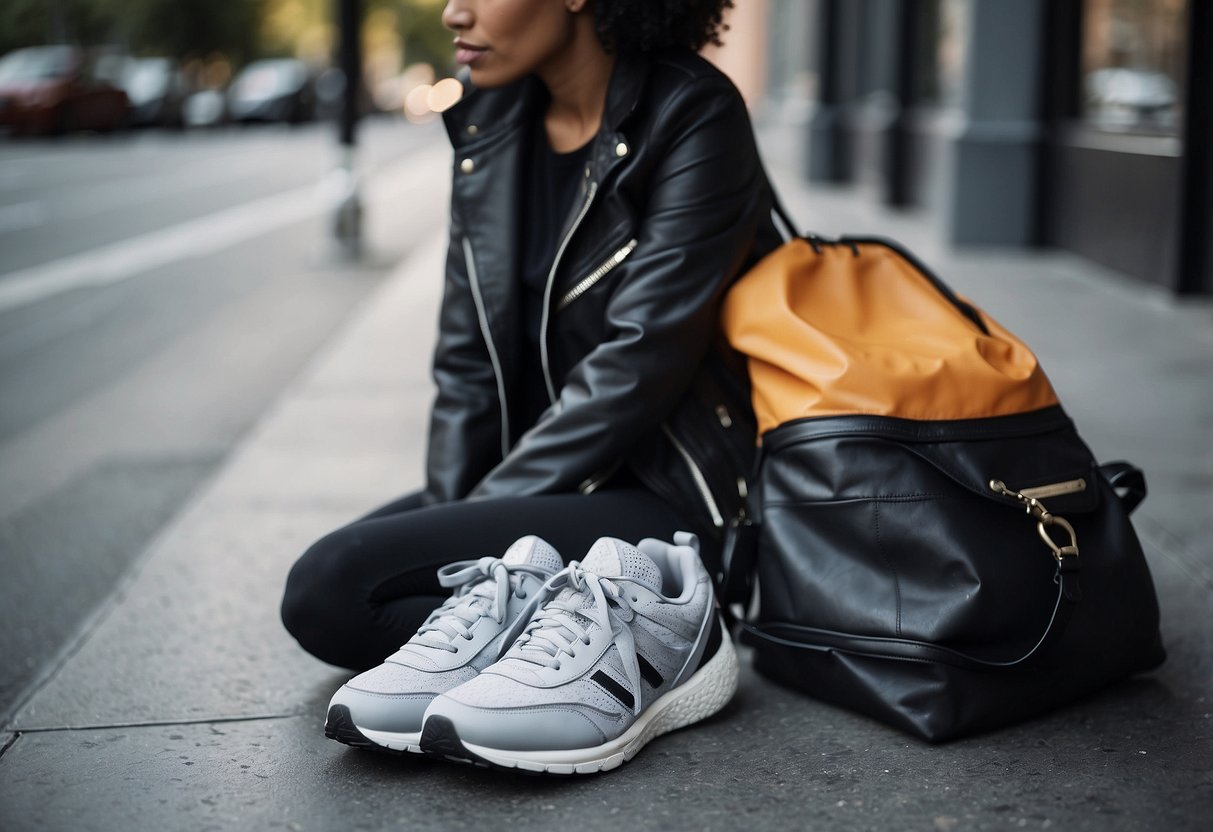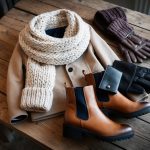
Athleisure has revolutionized the way people approach fashion, offering a seamless blend of comfort and style that is perfect for both workouts and everyday wear. To style athleisure effectively, choose versatile pieces that can transition effortlessly from the gym to the street. Think about combining high-quality leggings with an oversized hoodie or a stylish crop top that works well for both intense exercise sessions and casual outings.
Another great tip is to incorporate layers into your athleisure outfits. Bomber jackets, denim jackets, and even tailored blazers can elevate the look, making gym clothes suitable for social engagements or errands around town. Opt for neutral colors or subtle patterns to easily mix and match with various items in your wardrobe.
Accessorizing can transform athleisure from basic to chic. Simple additions like fashionable sneakers, caps, or minimalist jewelry can significantly enhance an athletic outfit’s street appeal. Invest in well-made, multi-functional pieces to maximize both comfort and style in your athleisure wardrobe.
Defining Athleisure: Blending Fashion with Fitness
Athleisure combines sportswear with everyday clothing. This style has grown popular due to its versatility and comfort. People can now transition seamlessly from the gym to the street.
Athleisure includes items like leggings, joggers, hoodies, and sneakers. These pieces are designed for physical activity but look stylish enough for casual wear. Quality fabrics such as spandex and cotton provide both stretch and breathability.
Celebrities and fashion icons often wear athleisure, contributing to its mainstream appeal. They pair workout gear with high-end accessories to create fashionable yet functional outfits. This trend reflects a modern lifestyle that values health and convenience.
Retailers have adapted by offering diverse athleisure collections. These lines often feature bold colors and innovative designs, catering to various tastes and activities. Shoppers can now find athleisure items in both specialty sports stores and high-fashion boutiques.
The rise of the remote work culture has further boosted the athleisure trend. Many now prefer wearing comfortable yet presentable clothing while working from home. Athleisure meets this demand by providing wardrobe options that fit both professional and relaxed settings.
Athleisure combines practicality with style, making it suitable for multiple occasions. This trend shows no signs of slowing down as it aligns with current lifestyle and fashion preferences.
The Evolution of Athleisure Wear
Athleisure has transitioned over the decades, influenced by changing fashion trends and cultural shifts. From its roots in practical sportswear to becoming a staple in everyday wardrobes, athleisure reflects the blending of comfort and style.
Historical Influences on Athleisure
In the early 20th century, activewear was functional, emphasizing freedom of movement. Tennis dresses and tracksuits were early examples. By the 1970s, spandex and synthetic materials revolutionized gym attire, making it more flexible and comfortable.
The 1980s fitness craze, led by aerobic workouts, brought brightly colored leggings and sweatbands into mainstream fashion. Brands like Nike and Adidas popularized sportswear as casual wear, blending performance with everyday aesthetics.
Contemporary Athleisure Trends
Modern athleisure focuses on versatility and style. Leggings, joggers, and hoodies are designed to transition from workouts to social settings seamlessly. High-performance materials like moisture-wicking and UV-protective fabrics are standard.
Collaborations between sports brands and luxury designers have elevated athleisure. Influenced by minimalism and streetwear, contemporary styles often feature sleek lines and neutral colors. Sustainability is also a growing trend, with many brands opting for eco-friendly materials and ethical production practices.



